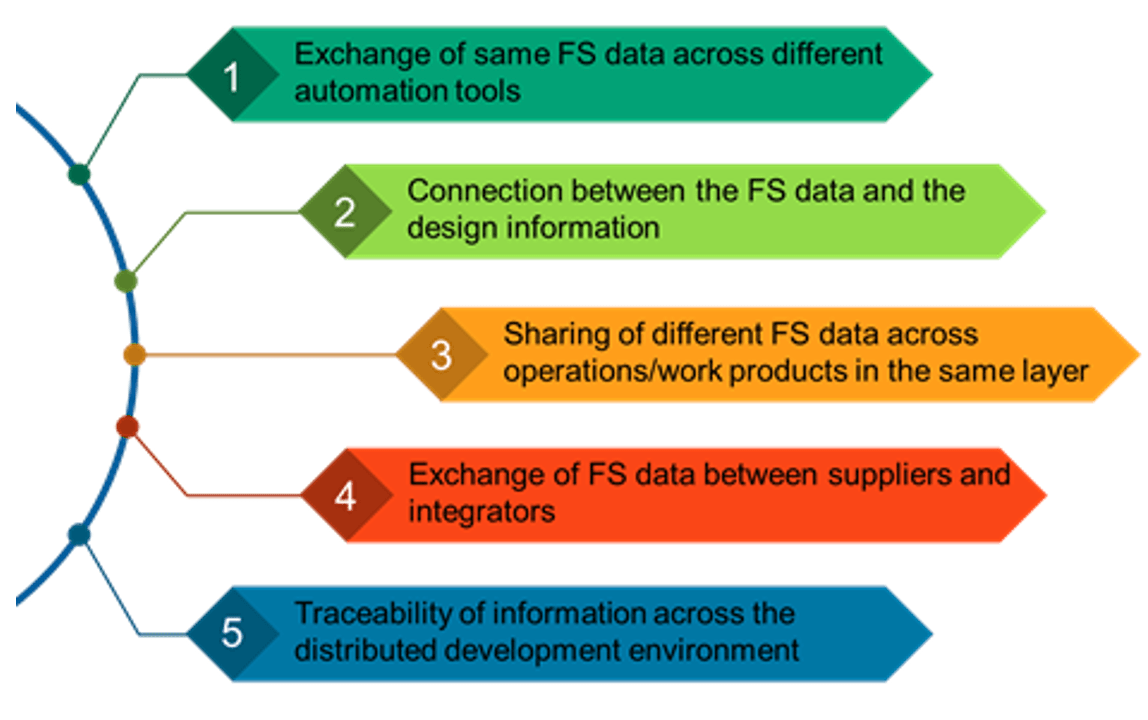In May of 2021 Accellera released a first white paper on the challenges they hope to address with their functional safety standard, together with the scope and goals they set for themselves. One major goal in this effort has been exchange and integration of functional safety data between different tools and flow and particularly between different layers of the supply chain, e.g. between IP, EDA and semiconductor suppliers. Another strongly related goal has between to ensure traceability of functional safety data for purposes of correctness, completeness, and consistency validation. More recently Accellera released a second white paper, informally describing their progress towards these goals.

Recap – why do we need a new standard?
The well-known ISO 26262 and IEC 61508 standards describe what needs to be accomplished to meet a defined level of safety but without much description of how it should be accomplished. This proves to require a significant effort in supply chains when building safe products depends critically on collaboration between different vendors in the supply chain.
The most obvious deficiency is the lack of a standard for exchanging FMEDA data (failure modes, effects, and diagnostic analysis). This data is central to understanding what failure modes have been considered and what level of coverage analysis and safety mitigations ensure against those failures. All of these are central to what an IP supplier promises, EDA tools measure, a semiconductor supplier commits to their customers and the Tier1/OEM need for their own safety analysis.
Lack of interoperability between these levels has forced supply chain players to depend on trust and natural language documentation to ensure compliance with expected requirements. Clearly a machine-interpretable standard would be superior for automated analysis. Alessandra Nardi, chair of the Accellera functional safety working group, tells me that the initial push to get a standard ratified has started with IP and semi vendors but she is expecting in time to get more feedback from Tier1s and OEM (particularly I would guess as they are also getting closer to semi design).
Goals for the second white paper
According to Alessandra, this white paper describes the approach the working group has taken to develop the data model, which becomes the foundation for the Accellera functional safety standard. This begins with formalizing the process of performing an FMEDA as a first step towards common understanding among the participants. In the second step they describe the resulting data model, reflecting the requirements of building an FMEDA. The final step will be to derive a language from the data model. This last step is currently only in sample draft in the annexes of the white paper and remains open for further development among the working group.
From my perspective the white paper is a necessarily lengthy but quite exhaustive description of requirements, between intra-layer interoperability (between different functions say in semiconductor design development) and inter-layer considerations (for example between IP and semiconductor layers). They describe in some detail the flow in developing an FMEDA and how failure modes, safety mechanisms and technology elements are mapped and connected in a representative design.
How close is this standard to release?
As mentioned above, the functional safety language is still in development though the white paper offers a sample language to illustrate how a tool or user might interact with the model. Alessandra sees the next steps as validating the data model with a wider audience (I assume, since this is now a public white paper) and finalizing the language into a language reference manual (LRM). She hopes to see that out some time in 2024.
You can read the detailed white paper HERE.
Share this post via:





Comments
There are no comments yet.
You must register or log in to view/post comments.